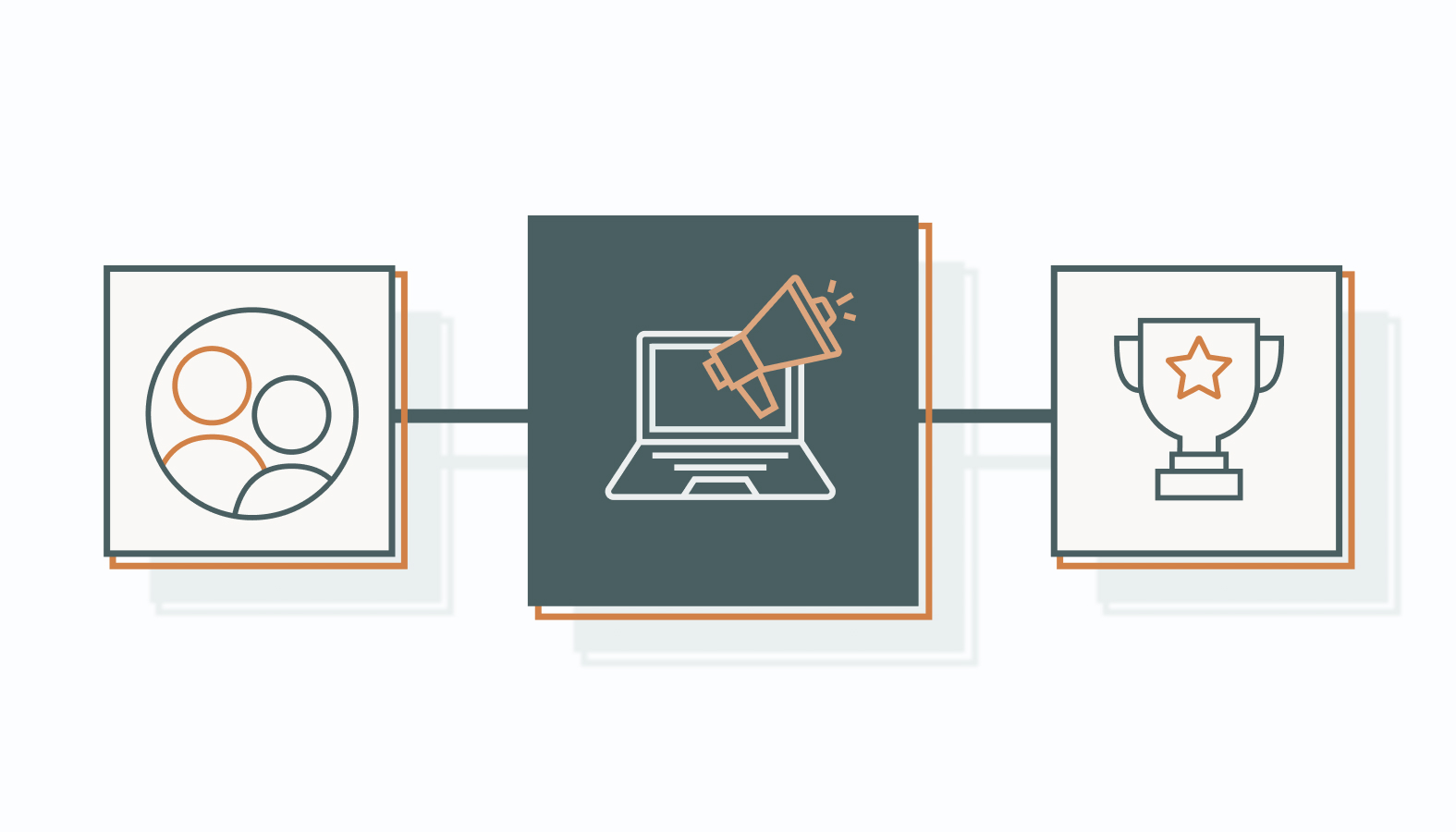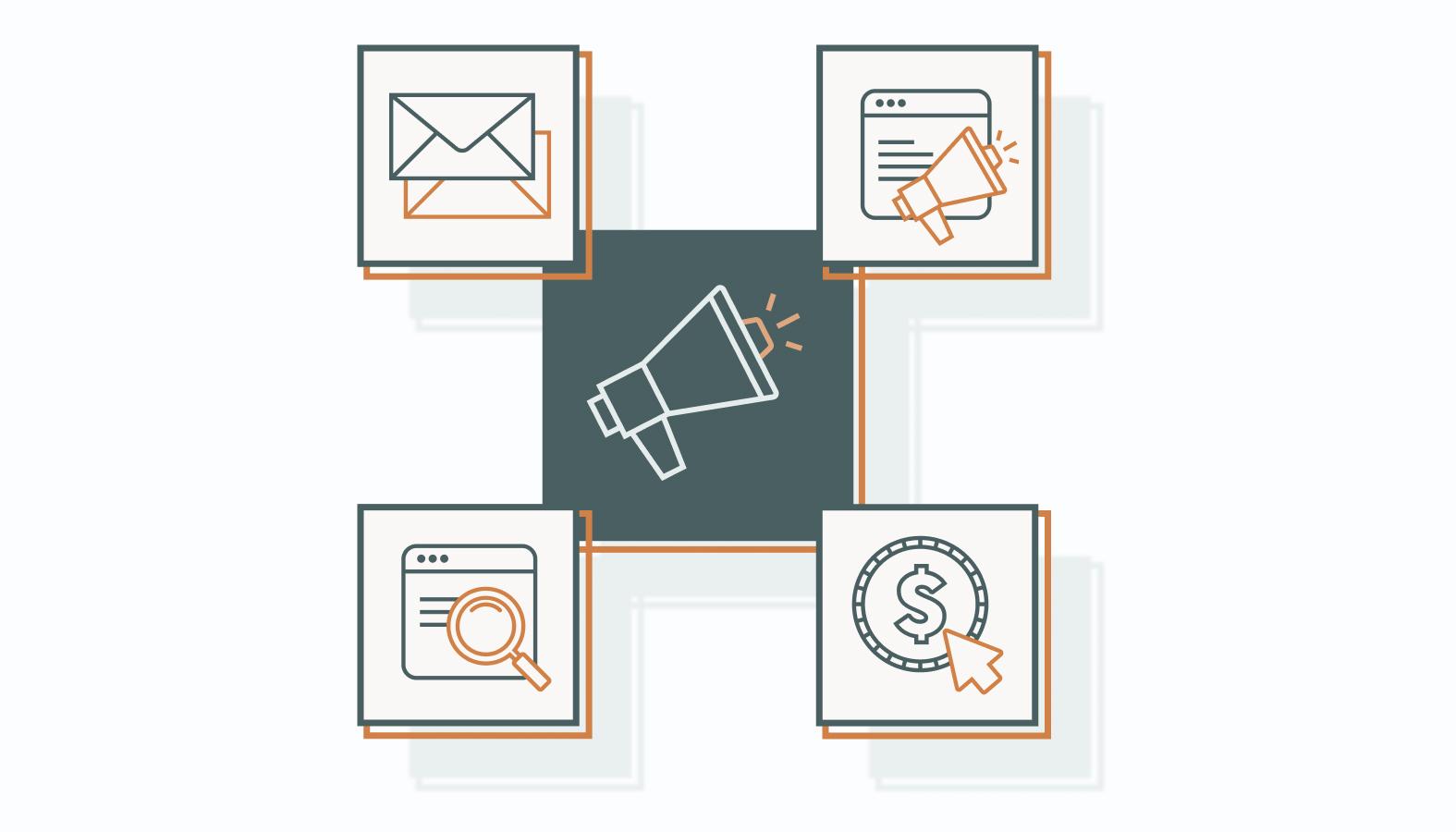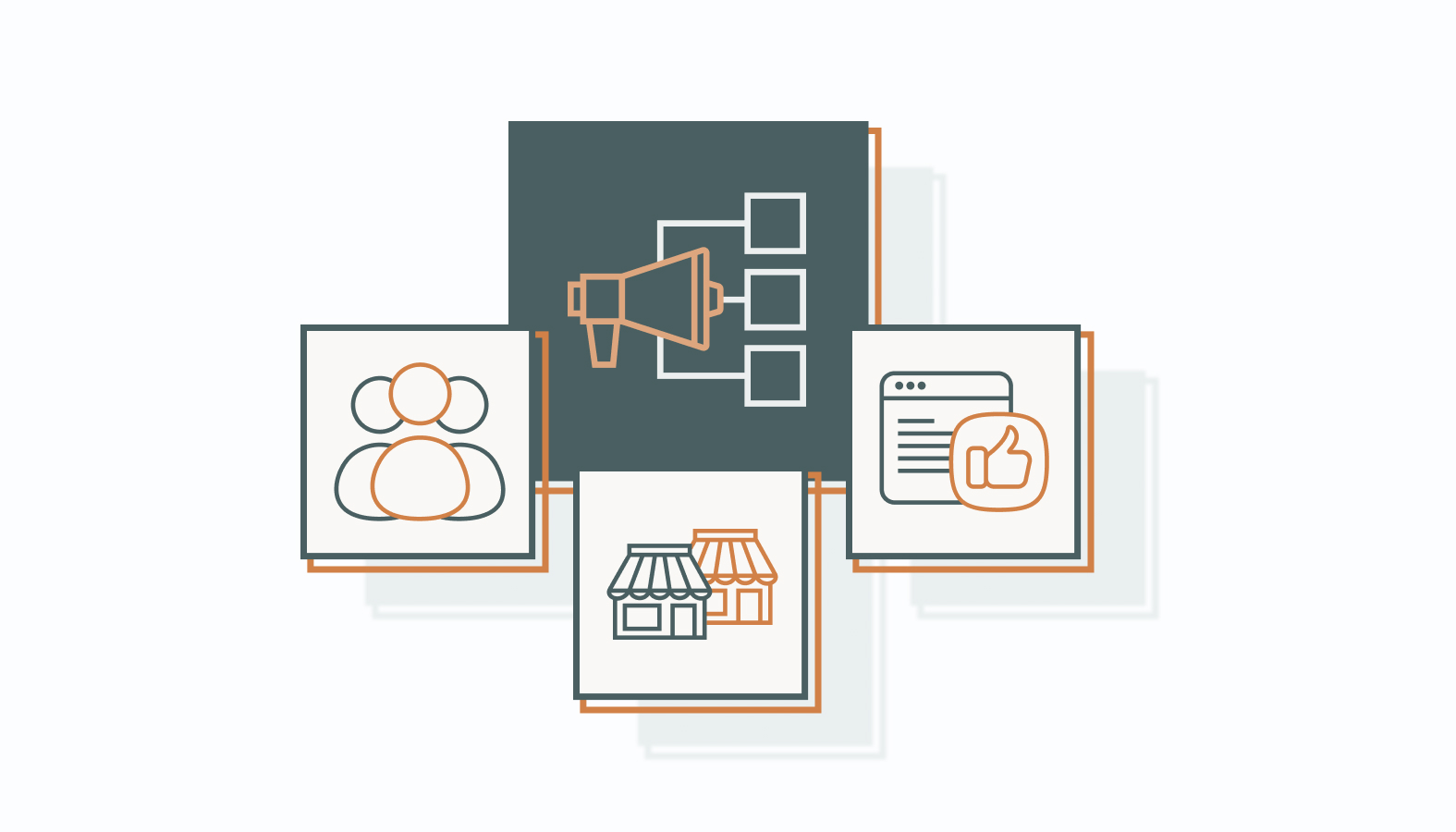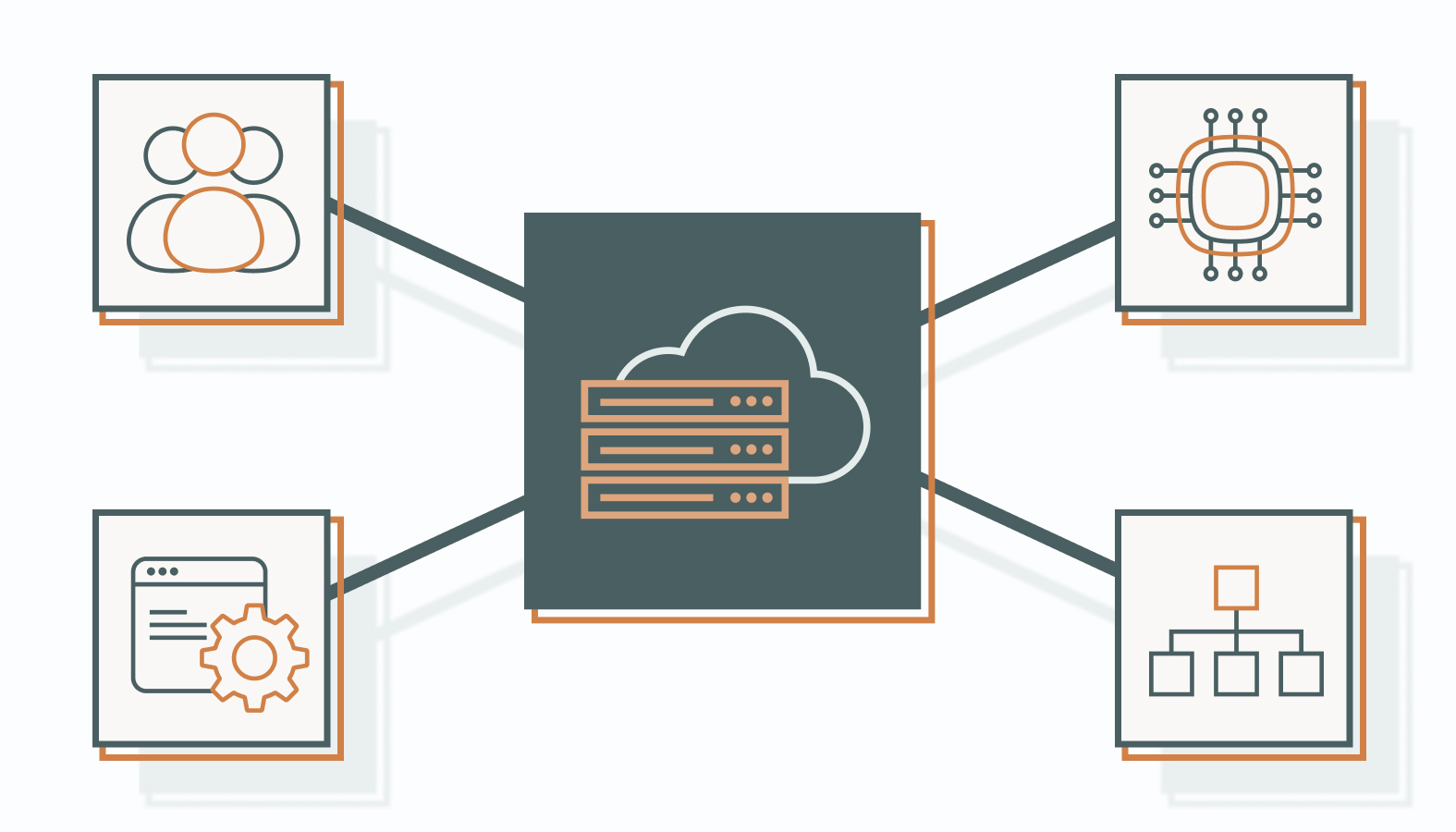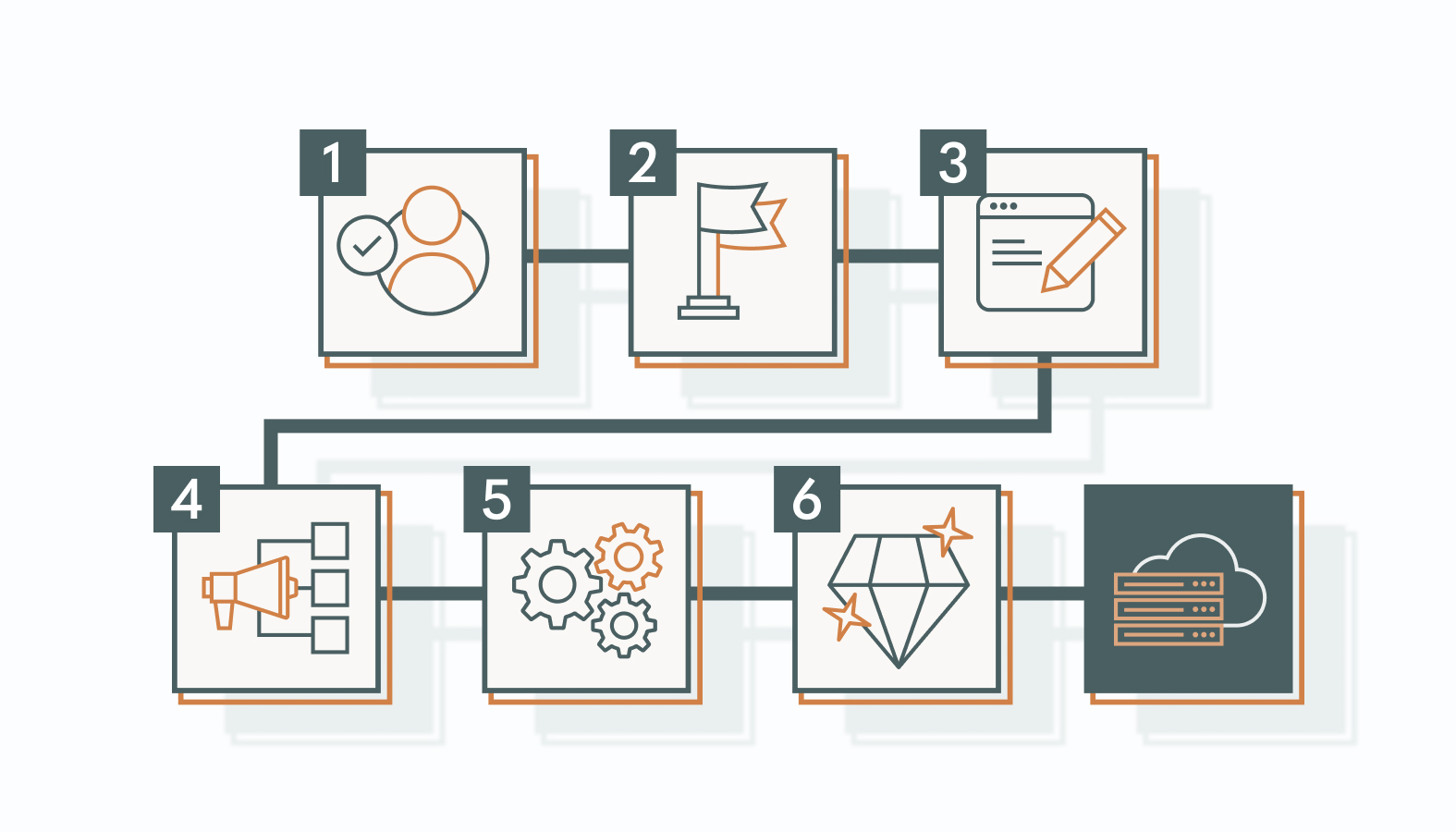Marketing a SaaS business is different. The buying cycles are shorter, the competition’s tighter, and your audience? Savvy. That’s why dialing in the proper SaaS marketing channels isn’t just a smart move; it’s survival.
But here’s the catch: most teams chase trends without a plan or cling to outdated tactics that barely deliver results. Between direct outreach, content, or partnerships, it’s easy to get overwhelmed or underdeliver.
Most SaaS companies get stuck either spreading too thin across channels or doubling down on the wrong ones. This results in wasted budget, flat leads, and frustrated teams wondering why the pipeline isn’t growing.
This guide explains the SaaS marketing channels that actually work, breaking them down by direct vs. indirect strategies, customer journey fit, and how they align with modern buyer behavior.
Let’s get into what works, what doesn’t, and how to choose smarter.
The Role of Digital Marketing in SaaS Success
SaaS companies depend more on digital marketing to grow than traditional businesses. Since their products live online, digital channels are essential for reaching the right audience and driving long-term success.
Different Dynamics in SaaS vs. Traditional Businesses
SaaS companies play by a different set of rules. The subscription model puts retention at the center of growth, which means marketing can’t stop at acquisition. You’re not just winning customers—you’re constantly re-earning them.
Traditional models tend to focus on transactional marketing. SaaS demands a lifecycle approach. Engagement, satisfaction, and support aren’t side strategies. They are the strategy.
SaaS marketers also benefit from real-time data that fuels rapid iteration. You can adjust campaigns mid-flight, test messaging quickly, and personalize experiences with precision. That level of agility is a competitive edge traditional businesses rarely match.
SaaS marketing is built for speed, feedback, and continuous value delivery. It rewards brands that know how to listen, adapt, and evolve at pace.
Here are examples of successful SaaS marketing campaigns:
- Slack: Engineered Virality at Scale
Slack didn’t just grow — it exploded. Its freemium model, seamless onboarding, and built-in referral incentives created a viral loop that drove exponential user acquisition without heavy ad spend. The result is a product that sold itself, team by team.
- HubSpot: Inbound Marketing, Perfected
HubSpot set the standard for inbound marketing in SaaS. It built trust by consistently publishing high-value blogs, eBooks, and webinars, capturing organic traffic, and nurturing leads at scale.
The strategy positioned HubSpot as both a utility and a trusted advisor.
- Dropbox: Referral-Driven Growth
Dropbox turned its users into marketers. Its now-iconic referral program (free storage for every successful invite) doubled its user base in under a year. It wasn’t just a growth hack but a user engagement strategy with compounding returns.
SaaS growth involves designing systems that scale trust, adoption, and loyalty. These campaigns prove that when strategy meets execution, marketing becomes a growth engine.
Key SaaS Marketing Channels
Success in SaaS depends on reaching your audience where they already are. The right mix of direct channels (like email or paid ads) and indirect ones (like SEO or content marketing) helps you connect, engage, and guide prospects from first click to long-term loyalty.
Effective Direct Marketing Strategies
Direct marketing gives SaaS brands control, precision, and clarity. It puts you in the driver’s seat, delivering messages that land exactly where they’re meant to: directly in front of the right people, at the right moment.
Email Marketing
Email is still the heavyweight champion of direct marketing. When done right, it builds relationships at scale.
The key is segmentation. Group your audience by behavior, needs, or lifecycle stage, then craft emails that speak to each group like you actually know them—which you should.
Best practices for email marketing include:
- crafting compelling content and attention-grabbing subject lines.
- emails should be concise, relevant, and personalized, with a clear call-to-action.
- testing different subject lines to find what resonates best, and
- using analytics to refine your approach continually.
Content Marketing
Quality content does more than educate. It builds authority and trust. Whether it’s a blog post, whitepaper, or case study, every asset should serve a clear purpose: attract, nurture, or convert.
Consistency matters. Show up often and with substance. Content shouldn’t be a one-and-done tactic; it’s a long game that keeps your brand on the radar and in the running.
SEO and Organic Search
SEO powers discoverability. It starts with understanding what your ideal customer is searching for and ends with you showing up exactly when and where they need you.
Dial in on-page elements like titles, headers, and meta descriptions. Strengthen domain authority with high-quality backlinks.
SEO doesn’t work overnight, but when done right, it works overtime.
Paid Search
Paid search brings your message to the front of the line. Whether you’re targeting new leads or retargeting warm prospects, it’s built for efficiency and scale.
Success here comes down to smart targeting and smarter budgeting. Let performance data lead. Track cost-per-click, conversion rates, and customer acquisition costs like a hawk. Adjust fast, scale what works, and cut what doesn’t.
The Power of Indirect Marketing Channels
Indirect marketing can scale your reach faster than going it alone. By tapping into partners, affiliates, and platforms that already have your audience’s attention, you gain instant access to new markets and an added layer of credibility.
Affiliate Marketing
An affiliate program can turn the right partners into growth engines.
Start by identifying affiliates who reflect your brand values and speak to the same audience. When they win, you win.
Build your structure around performance. Commission rates should reward results, not just participation. Use an airtight tracking system to measure success and keep communication consistent to ensure alignment. Remember, a disengaged affiliate is a missed opportunity.
Resellers and VARs
Resellers and Value-Added Resellers (VARs) bring your product into markets you might never reach directly. Choose partners who truly understand both your offering and your audience.
Invest in their success. Provide onboarding, training, and the kind of support that equips them to sell with confidence. When well-prepared, they become an extension of your team and a driver of long-term growth.
Social Media Marketing
Social platforms are more than megaphones. They are dynamic environments where brands earn attention through relevance, consistency, and interaction.
Each platform plays a different role.
- LinkedIn builds authority and connects with decision-makers.
- Instagram fuels visual storytelling.
- Twitter enables agile, real-time engagement.
Use each platform for its strengths and build platform-specific strategies. A strong mix of educational, promotional, and interactive content keeps your brand in the conversation and in demand.
Trends Shaping SaaS Marketing
The SaaS landscape moves at breakneck speed.
Competition is fierce.
Customer expectations are higher than ever.
To stay relevant, modern SaaS marketers need more than agility; they need foresight.
What worked a year ago may already be obsolete. The companies leading the charge today leverage more innovative tools, sharper targeting, and partnerships that move the needle.
Let’s look at the trends that are driving results for high-growth SaaS brands right now.
Maximize Impact with Influencer and Partnership Marketing
Influencer and partnership marketing has graduated from hype to high impact. When followed properly, these strategies help SaaS companies tap into new audiences, boost trust instantly, and accelerate credibility through association.
The key is alignment. You’re not just looking for reach; you’re looking for resonance.
- Start by vetting partners based on shared audience profiles, engagement quality, and brand synergy.
- Skip the follower count and zero in on relevance.
- When it comes time to collaborate, put clear objectives on the table.
- Define deliverables, set KPIs, and align on expectations upfront.
Track referral traffic, lead quality, and conversion rates to measure success. Surface metrics are nice, but real ROI and retention numbers show up in your pipeline.
Harness AI and Automation for Smarter Marketing
Artificial intelligence and automation have become the backbone of modern SaaS marketing.
From predictive analytics to real-time personalization, the best platforms are no longer just about helping you work faster; they’re about helping you work smarter.
Tools like HubSpot and Salesforce now integrate AI to surface patterns in customer behavior, anticipate needs, and automate touchpoints across the entire journey.
Whether you’re building nurture flows or personalizing content at scale, AI frees your team from repetitive busywork so they can focus on higher-impact strategy.
Leveraging AI and automation effectively results in stronger engagement, better customer insights, and a competitive edge built on relevance and efficiency.
Master Targeted Growth with Account-Based Marketing
Account-Based Marketing (ABM) is a revenue strategy. Especially in B2B SaaS, ABM focuses your firepower where it counts: on the accounts most likely to convert and stick.
- Successful ABM starts with precision.
- Identify high-value targets using firmographic data, behavioral insights, and sales input.
- Then, craft campaigns tailored to their unique pain points and priorities. The messaging should come across as personal, thoughtful, and intentionally written, not mass-produced or generic.
Measurement matters here. Track account-level engagement, pipeline velocity, and multi-touch attribution. The goal isn’t just reach and impressions; it’s influence.
The strategic alignment between marketing and sales will drive higher deal sizes and faster closes.
Optimize Engagement with Omnichannel Strategies
Customers don’t think in channels. They expect a consistent, personalized experience whether they’re on mobile, desktop, or email. Omnichannel strategies connect those dots, ensuring your messaging stays seamless no matter where the interaction happens.
Technologies like Customer Data Platforms (CDPs) make this integration possible. These systems centralize behavioral data, unify identities, and inform smarter content delivery across every touchpoint. The outcome is cohesive storytelling and timely interactions that feel natural, not robotic.
To put this into action, map your customer journeys and align your outreach accordingly. Use data to understand where friction occurs, then tailor your content and timing to meet users where they are. When every channel speaks the same language, your brand becomes easier to trust and harder to ignore.
Build a Unified SaaS Marketing Strategy
In SaaS, strategy fragmentation kills momentum. If your marketing efforts operate in silos, you’re leaving growth on the table.
A unified approach connects the dots between acquisition, engagement, and retention, allowing each tactic to amplify the next. When every component plays in harmony, marketing performs like a well-tuned engine: efficient, powerful, and built for scale.
1) Identify and Understand Your Ideal Customer
Effective marketing starts with intel. Know exactly who you’re talking to.
Create detailed buyer personas and use them as precision tools for aligning your product and messaging with the right audience. Collect data across demographics, roles, challenges, and purchasing behaviors. Then use that insight to shape everything from feature prioritization to campaign tone.
When you deeply understand your audience, you don’t waste your budget guessing what works. Instead of guessing, you create relevant messaging, which leads to better conversions.
2) Establish Goals and Measure Success
Direction without benchmarks is just noise. Specific, measurable, achievable, relevant, and time-bound (SMART) goals keep your marketing grounded in outcomes, not activity. These goals should tie directly into broader business objectives, so every dollar and decision ladders up to something that matters.
Then track it using key performance indicators (KPIs) as your dashboard. The data gives you visibility into what’s working and where to pivot, ensuring that marketing activities are continuously optimized for performance and impact.
3) Craft a Compelling Content Strategy
A solid content strategy speaks to every stage of the buyer journey with content that informs, engages, and persuades. When done right, it can be your 24/7 conversion machine.
Mix up your formats: blog posts, videos, white papers, and case studies.
SEO should be built into content from the start; it’s what makes valuable content visible and visible content valuable. Without visibility, great content gets ignored. Without value, visibility falls flat. You need both to drive meaningful results.
4) Maximize Reach Through Multi-Channel Marketing
Meet your customers where they are. Whether that’s email, social, paid media, or your blog, each channel should push the same message with the same energy.
Consistency builds familiarity, which then builds trust.
Integrated campaigns outperform one-offs every time. Multi-channel doesn’t mean multi-messaging. To engage with prospects and customers, keep your narrative tight, your visuals aligned, and your calls to action unmistakable.
5) Streamline Processes with Marketing Automation
Marketing automation tools offer the infrastructure for scale. Use them to handle repetitive work like email drips, social scheduling, and lead scoring, so your team can stay focused on the bigger picture.
Even better, automation platforms capture behavioral data in real-time. This gives you a direct line into customer preferences and intent. Leverage it to personalize outreach, adjust touchpoints, and sharpen your funnel.
6) Enhance Performance Through Ongoing Optimization
If you’re not analyzing, you’re guessing. Tools like Google Analytics, HubSpot, and CRM dashboards are your control center. Use them to track what’s performing and what’s falling flat.
This is where agility wins: Test, tweak, iterate. Optimization isn’t a campaign phase; it should be a permanent mindset. The best marketing strategies evolve in motion, staying relevant even as buyer behavior shifts.
From Strategy to Momentum: Turning Insights into Execution
SaaS marketing isn’t just about choosing the right channels; it’s about making them work together to achieve long-term growth. The strategies outlined here are your levers. When you pull the right ones at the right time, you just reach your audience and you move them.
Whether you’re doubling down on email personalization, testing affiliate partnerships, or rolling out an ABM campaign powered by automation, the key is alignment:
- strategy aligned with customer needs,
- teams aligned around goals, and
- tactics aligned across the funnel.
What separates high-growth SaaS companies from the rest is how they experiment, adapt, and execute with intention. Let data guide you, let curiosity push you, and let customer experience anchor everything.
The channels will evolve, and so will the trends. But a cohesive, agile, and customer-first marketing engine is how you stay ahead, today and tomorrow.
Navigating the SaaS Marketing Landscape with Confidence
You’ve seen what goes into building a high-performing SaaS marketing strategy—from channel selection to execution. Now, it’s time to tailor those insights to your business. Whether you’re scaling fast or tightening focus, we can help you move forward with clarity and confidence.
Our team is here to listen, share relevant strategies, and explore opportunities that align with your goals.
Feel free to schedule a candid conversation with one of our experts », and let’s discuss how we can support your SaaS marketing journey. No pressure, just an opportunity to chat and explore what’s possible for your business.

